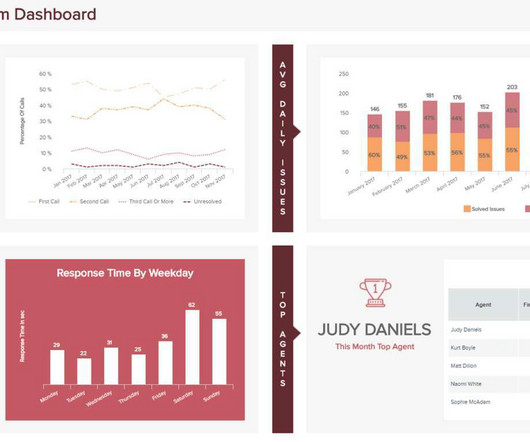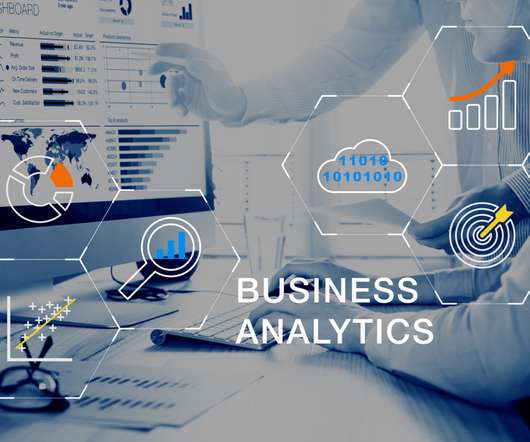6 Case Studies on The Benefits of Business Intelligence And Analytics
datapine
JANUARY 31, 2022
Using business intelligence and analytics effectively is the crucial difference between companies that succeed and companies that fail in the modern environment. Your Chance: Want to try a professional BI analytics software? Experience the power of Business Intelligence with our 14-days free trial!














Let's personalize your content